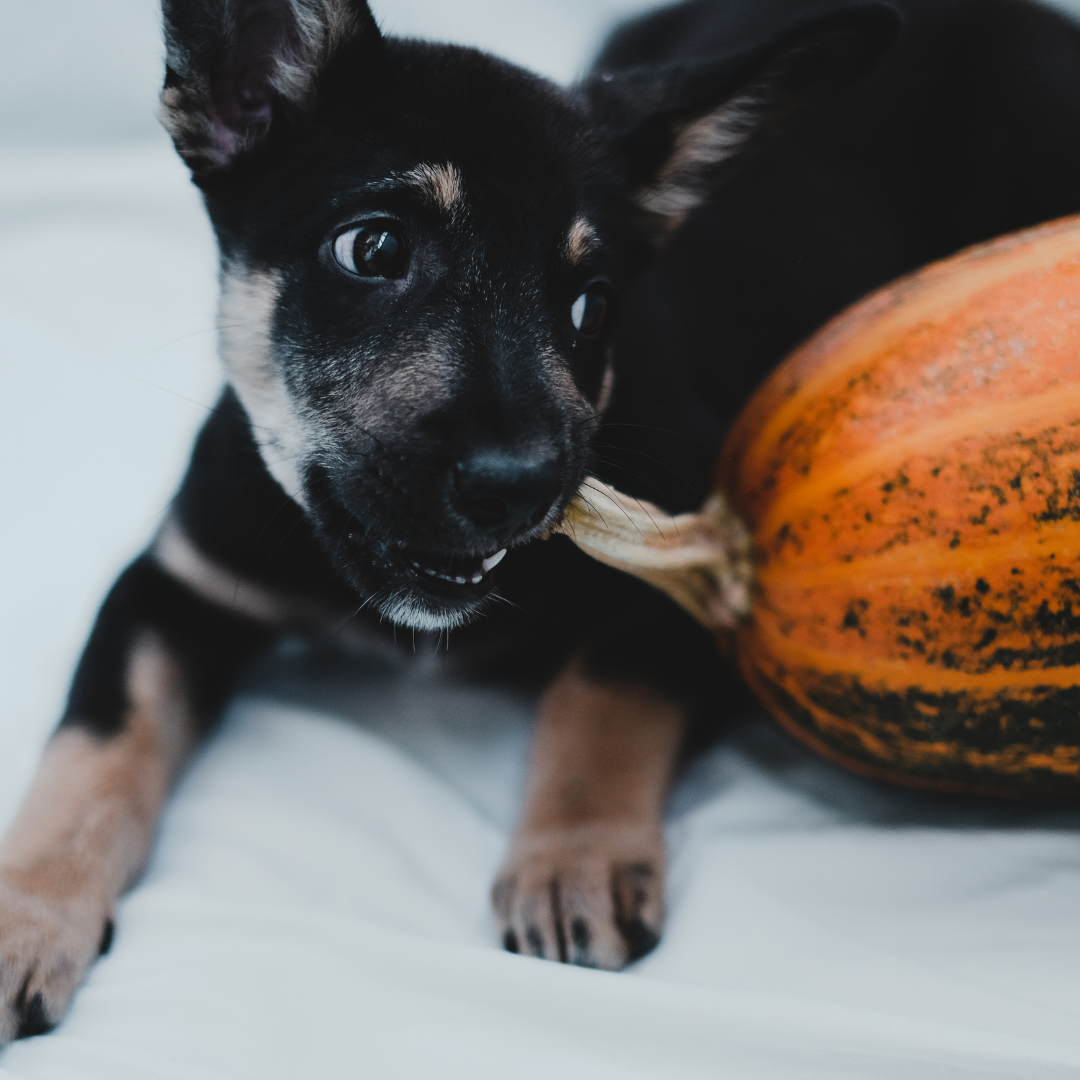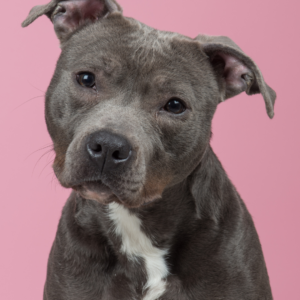Behind the Scenes of Animal Liability Insurance Coverage in Florida

For most of us, our pets are family members. We love them. We treasure our time with them. We are happier because of them. We know they wouldn’t harm anyone until they do.
Animal Liability Insurance Coverage
Animal Liability insurance offers coverage for bodily injury and property damages caused by some of your loving pets to a person who doesn’t reside in your home. Some homeowners insurance policies include Animal Liability Insurance Coverage. Others don’t. If needed, you can add this coverage to your home insurance policy by an endorsement or you can buy it as a separate insurance policy. This insurance coverage can help you pay medical expenses related to the injury or damages your pet caused. It will provide coverage up to the policy limits. For example, a homeowners insurance policy can give you the option to add an Animal Liability coverage sublimit of $100,000.
We encourage pet owners to research if they already have this coverage, if it’s the right fit for them, or if they need to get one. It is important you know the details of your coverage as it varies between insurance companies.
Which pets are covered?
Sadly, not all pets are covered. ☹ Depending on your homeowners insurance company, the Animal Liability Insurance Coverage won’t covered:
- Animals owned or kept at the time of the application and not disclosed on the application;
- Any animal with a prior history of bites or attacks or that caused “bodily injury” or “property damage” to any person property or animal, as established through insurance claims records, or through the records of local public safety, law enforcement or other similar regulatory agency;
- Any dogs of the following breeds or any mixture that includes any of the following breeds:
(a) Akita;
(b) American Pit Bull Terrier;
(c) American Staffordshire Terrier;
(d) Catahoula Leopard;
(e) Chow;
(f) Doberman Pinscher;
(g) German Shepherd;
(h) Husky;
(i) Malamute;
(j) Pit Bull;
(k) Presa Canario;
(l) Rottweiler;
(m) Staffordshire Bull Terrier; or
(n) Wolf;
Other animals that are NOT covered are: any reptiles or amphibians; any exotic or non-domestic animals; and any livestock, farm animals, horses, or other saddle animals.
About our Beloved Dogs
Below are some statistics about dog bites that you can view on the Florida Health website. You should also check out their Tips for Dog Owners and Safety Tips for Adults and Children.
DID YOU KNOW
- Children between 1 and 9 years of age are at the highest risk for dog bites, with boys in this age group at a higher risk than girls?
- Children under 10 years of age are more likely to be bitten on the head or neck than other age groups?
- Each year, an average of 2 Floridians die from injuries due to dog bites?
- Each year, over 600 Floridians are hospitalized due to injuries from dog bites?
An in-depth analysis of 799 dog bites that were reported to Florida Department of Health in Bay County, Florida from January 1, 2009 through December 31, 2010 found that:
- Children less than 6 years old and boys from 6–14 years of age were the two groups at greatest risk of being bitten by a dog.
- Most dog bites (86 percent) which involved children less than 6 years old were from dogs known to the family, and more than half occurred in the home.
- The cause of bites of over one third (39 percent) of children less than 6 years old was unknown, suggesting some young children may have been unsupervised when in contact with dogs.
- More than half of dog bites involving persons 15 years and older occurred when the victim attempted to break up a dog fight. These incidents occurred somewhat more frequently in the home or on the dog owner’s property (55 percent) but also occurred frequently off the property.
- Across all age groups, the most common cause of dog bites (26 percent) was inappropriate behavior management (interacting with the dog while it was eating food, chewing on a toy, roughhousing, or touching or moving the dog against its will). These types of bites occurred most frequently in the dog owner’s home or on their property (71 percent of cases).
- Another common cause of dog bites was protective behavior (24 percent of cases), which occurred regularly both on and off the dog owner’s property.
- Dogs that were off their owner’s property and off-leash were the source of approximately one third (32 percent) of all dog bites reported, and most (89 percent) involved dogs unknown to the victim.
Data extracted from: Matthias J, M Templin, MM Jordan, D Stanek. Cause, setting and ownership analysis of dog bites in Bay County, Florida from 2009 to 2010. Zoonoses and Public Health. published on-line 8 Apr 2014: DOI: 10.1111/zph.12115.
Our Recommendation
In 2019, the average cost per claim of a dog bite (Nationwide) was $44,760.00. This is NO small amount. The good thing is, you can protect yourself, your assets, and be prepared just by letting us review your homeowners policy to verify that you have the Animal Liability Insurance Coverage. Keep in mind, this is completely FREE and we do it because we like helping others to be properly insured.
With life’s uncertainties and the risk of losing important things, we should protect our hard-earned assets. With Deer Insurance Agency by your side, you can have the peace of mind, confidence, and trust that your insurance needs are well served and protected. Email us at hello@deerinsurance.com for a free customized quote for you.

